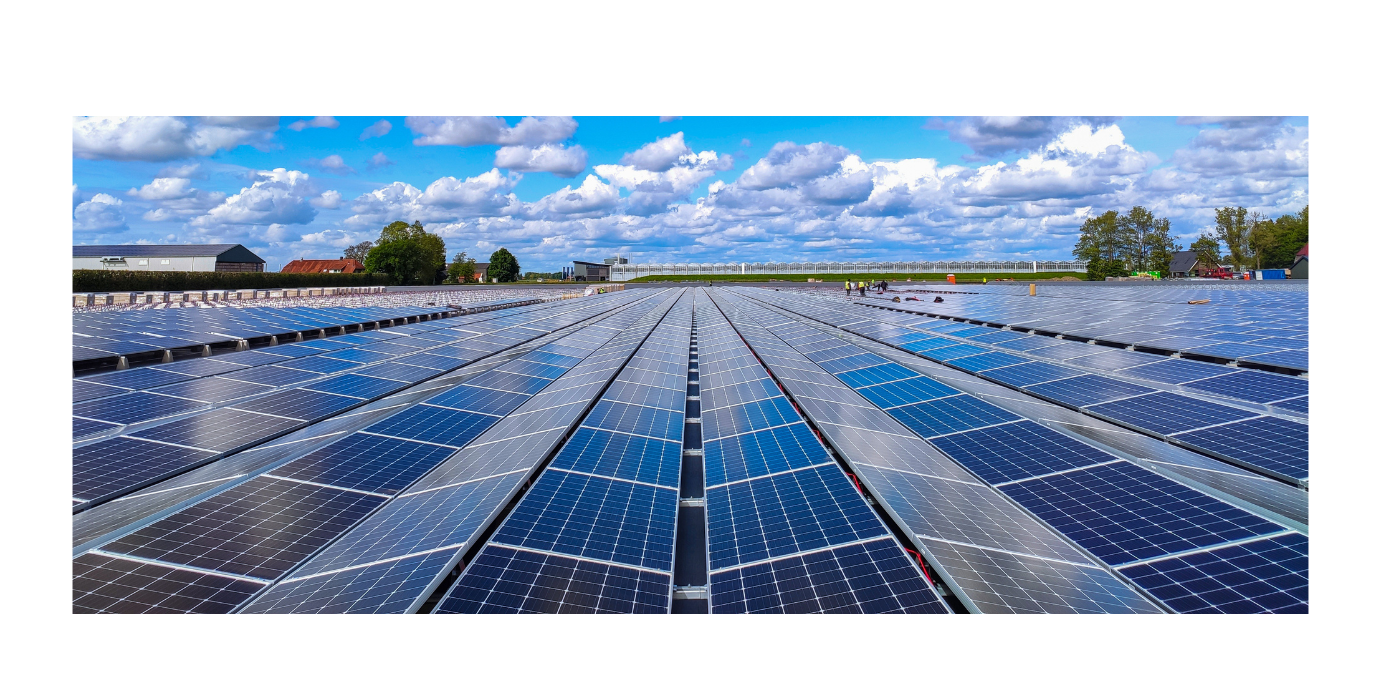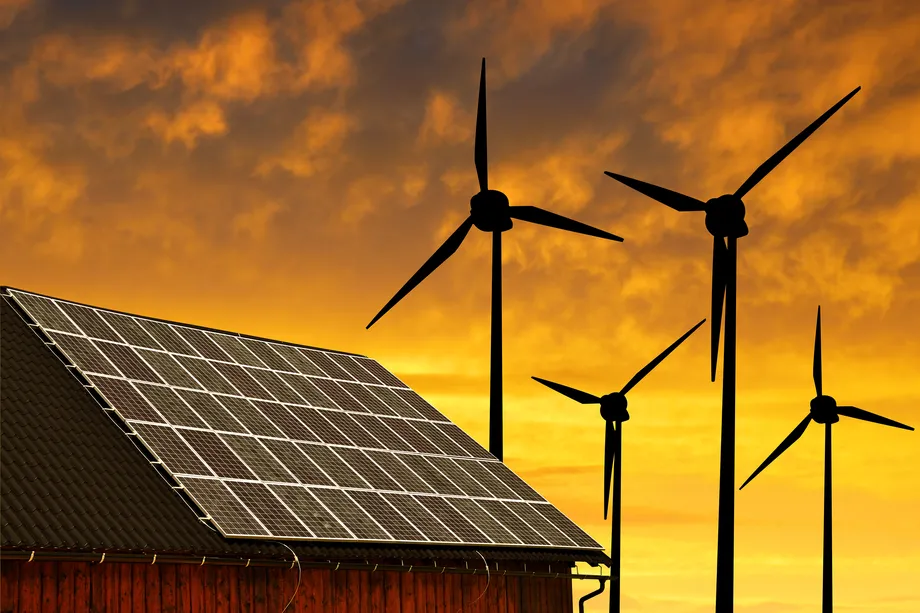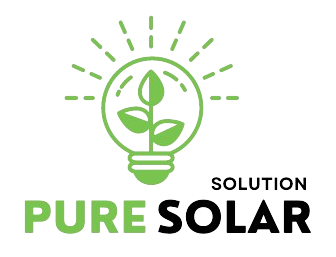In a world increasingly conscious of energy efficiency and resilience, electric vehicles (EVs) are poised to play a pivotal role beyond transportation. With integrated 240-volt generators, EVs are not just vehicles but mobile power stations, offering a transformative solution for homeowners seeking energy independence and reliability.
The concept is simple yet revolutionary: EV owners can leverage their vehicles’ massive batteries to power their homes during blackouts or peak demand periods. Following in the footsteps of industry pioneers like Ford and Tesla, more EV manufacturers are embracing this paradigm shift, ushering in a new era of energy innovation.
At the heart of this innovation is the concept of vehicle-to-home (V2H) technology, which allows bi-directional energy flow between EVs and residential properties. Clever drivers can capitalize on this technology by charging their vehicles during off-peak hours when electricity rates are low and then using the stored energy to power their homes when grid demand and prices are high.
The benefits of this approach are manifold. For homeowners, V2H technology offers a reliable backup power solution during outages, reducing reliance on traditional generators and grid infrastructure. It also provides an opportunity to optimize energy usage and costs, helping to lower electricity bills and reduce overall carbon emissions.
Moreover, V2H technology enhances grid stability and resilience by decentralizing energy production and storage. By tapping into the collective energy stored in EV batteries, communities can mitigate the impact of grid disruptions and ensure a more reliable supply of electricity during emergencies.
The potential of EVs as home power generators extends beyond individual households to encompass broader energy ecosystems. Vehicle-to-grid (V2G) initiatives, for example, enable EV owners to sell surplus energy back to the grid, thereby contributing to grid stability and earning revenue in the process.
However, realizing the full potential of EVs as home power generators requires overcoming several challenges. Standardization of V2H and V2G protocols, interoperability between different vehicle models and charging infrastructure, and regulatory frameworks governing energy transactions are among the key considerations.
Additionally, widespread adoption of EVs as home power generators hinges on public awareness and education. Many consumers are unaware of the capabilities of V2H technology or the benefits it can offer in terms of energy resilience and cost savings. Efforts to educate consumers and incentivize adoption will be crucial in driving uptake.
As we look to the future, the convergence of transportation and energy sectors holds immense promise for building a more sustainable and resilient energy infrastructure. EVs, once viewed solely as vehicles, are emerging as key enablers of this transition, empowering homeowners to take control of their energy destiny and drive towards a cleaner, more sustainable future.







